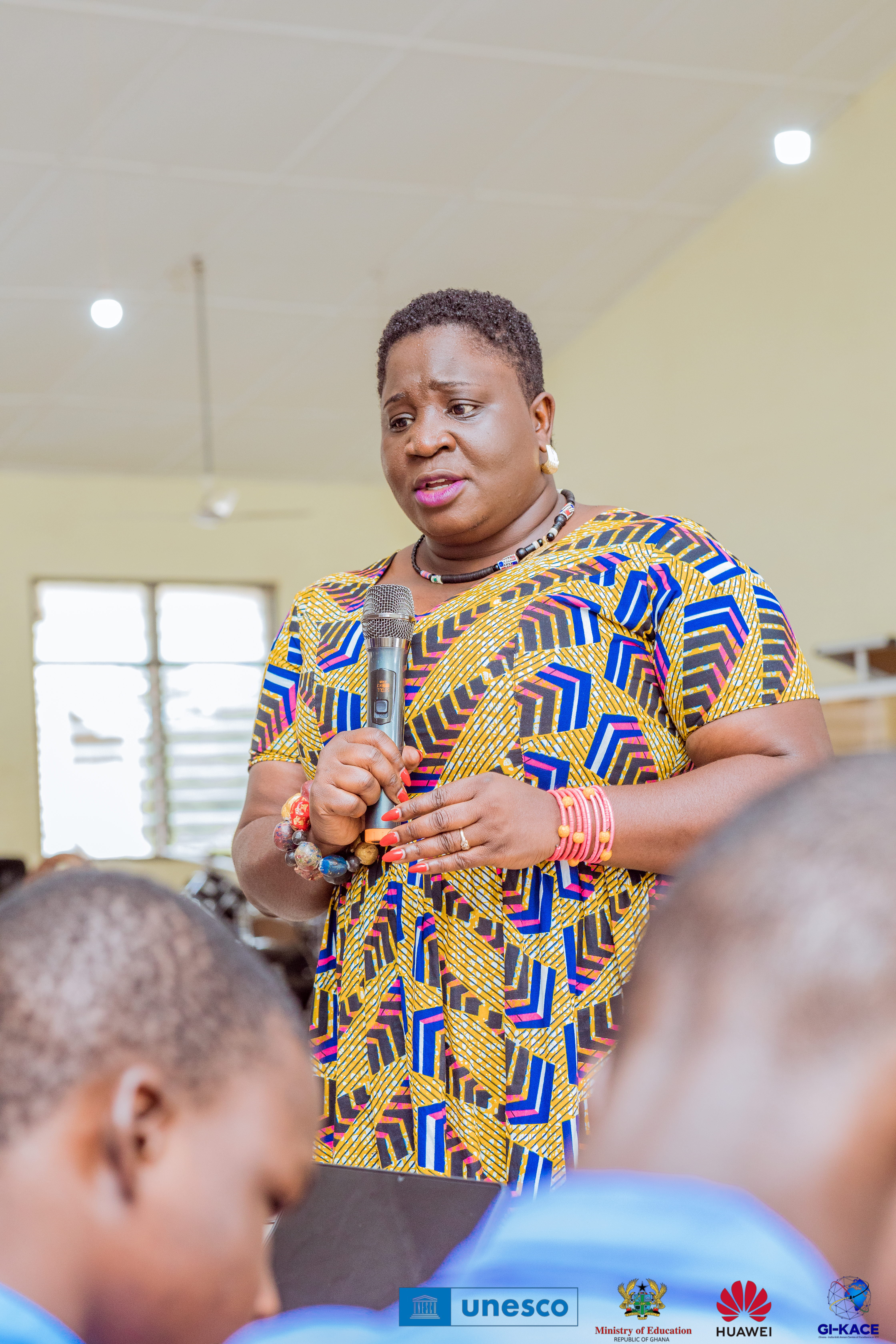The Akropong School for the Blind in Ghana’s Eastern Region is making strides in inclusive education with the launch of the Technology-Enabled Open School Project (TeOSS). This initiative, a collaboration between UNESCO, Huawei, and the Ghana-India Kofi Annan Centre of Excellence in ICT (GI-KACE), has successfully trained four teachers and 180 students in leveraging modern technology to enhance learning experiences for visually impaired learners.
Funded by UNESCO and Huawei, the TeOSS project aims to empower students by providing access to assistive technologies that facilitate navigation of digital platforms. The initiative reinforces the message that disability does not equate to inability.
In an interview, Veronica Dong, headmistress of the Akropong School for the Blind, expressed her excitement about the project’s transformative potential. “Our students have often been marginalized in their access to technology. With the support from GI-KACE, UNESCO, and Huawei, we are taking significant steps toward ensuring that our students can participate fully in a digital world,” she remarked.

Kobi Hemaa Osisiadan-Bekoe, Director for Corporate Affairs at GI-KACE, emphasized that the TeOSS project is not solely about providing devices. “It’s about creating an inclusive environment where students can learn and grow together,” she stated, assuring that ongoing training and workshops will continue to empower both students and teachers in utilizing emerging technologies.
“This initiative goes beyond technology; it aims to build confidence and independence among teachers and students. I anticipate that 60% of our students will develop an interest in ICT careers and become digitally savvy for successful futures,” Kobi Hemaa added.
Students at the Akropong School for the Blind have applauded the efforts of UNESCO and Huawei for fostering a network of support that promotes digital literacy among persons with disabilities. They are optimistic that the TeOSS project will help bridge the digital divide, ensuring equal access to education and technology, and paving the way for a future where all students can thrive in an increasingly digital landscape.


